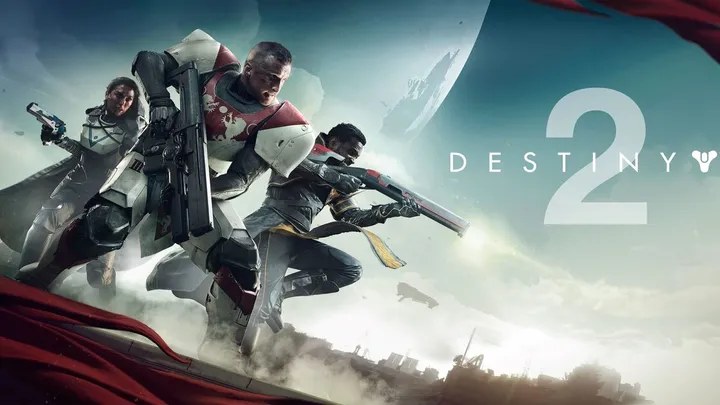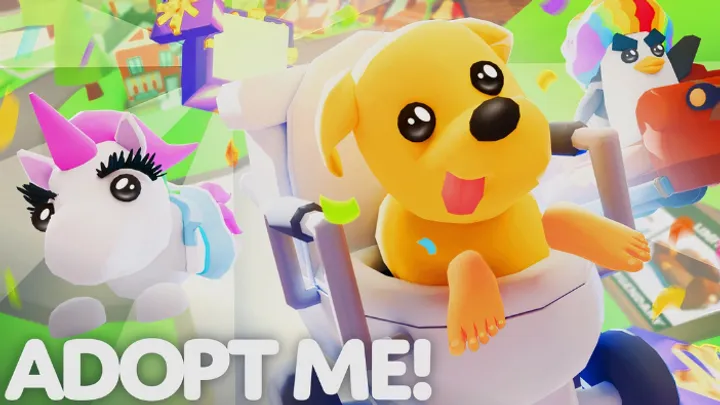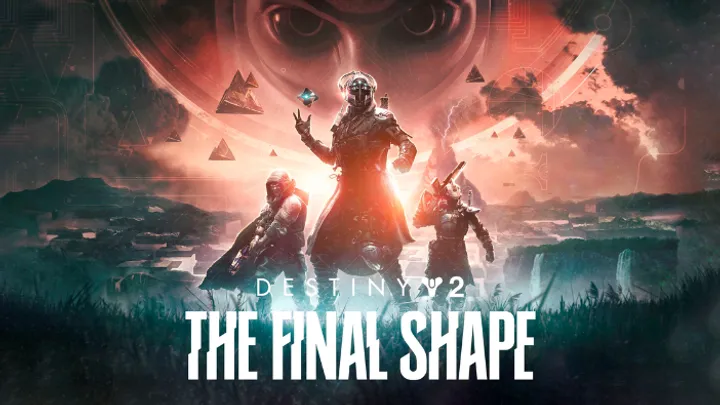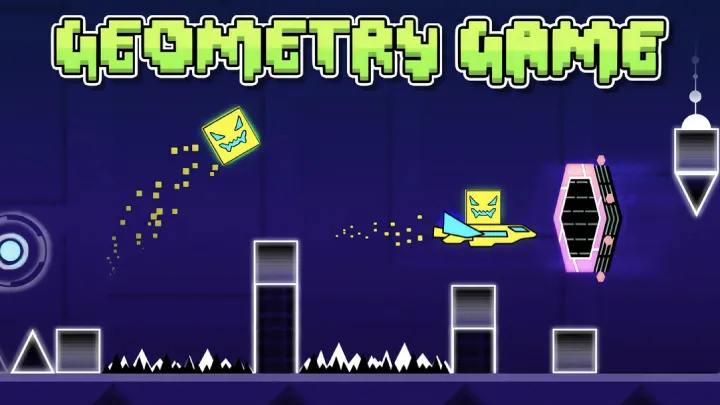The Legend of Zelda: Ocarina of Time – The Significance of Time Travel in Gameplay and Narrative
The Legend of Zelda: Ocarina of Time, released in 1998, is often hailed as one of the greatest video games of all time. Among its many innovative features, the time travel mechanic stands out as a pivotal element that shapes both gameplay and narrative. This article delves into the complexities of time travel in Ocarina of Time, exploring its impact on puzzles, character development, and the overarching story. By examining how this mechanic enhances the player experience, we will uncover the depth of Ocarina of Time's design and its lasting legacy.
The Concept of Time Travel
Introducing the Time Travel Mechanic
In Ocarina of Time, players control Link, who can travel between two distinct timelines: the childhood era and the adulthood era. This mechanic is initiated when Link obtains the Ocarina of Time and learns specific songs that allow him to manipulate time.
The Two Main Eras
- Childhood Era (7 Years Old): In this period, Link is focused on gathering the three Spiritual Stones and awakening the Deku Tree. The world is light-hearted, and many challenges revolve around exploration and learning.
- Adulthood Era (17 Years Old): This era presents a darker, more mature Hyrule. Link must confront Ganondorf and gather the remaining three Medallions to access the final dungeon. The stakes are higher, and the narrative becomes more complex.
The Narrative Implications of Time Travel
Time travel in Ocarina of Time serves not only as a gameplay mechanic but also as a critical narrative device that deepens the story's complexity. The ability to experience Link's journey as both a child and an adult allows players to witness the consequences of their actions across time.
The Theme of Growth
The contrast between Link’s childlike innocence and the burdens of adulthood highlights the theme of growth. Players see firsthand how time affects characters, environments, and the overall narrative.
Impact on Gameplay Mechanics
Solving Puzzles Across Time
The time travel mechanic introduces unique puzzles that require players to think creatively about how their actions in one timeline affect the other. This interconnectivity enhances the overall gameplay experience.
Example: The Temple of Time
In the Temple of Time, players must solve puzzles that involve manipulating the environment across both timelines. Actions taken as a child can unlock paths and items that are only accessible as an adult.
Environmental Changes
The world of Hyrule undergoes significant changes between the two timelines. Players experience the consequences of their actions, such as the destruction of landmarks or the flourishing of growth in previously barren areas.
The Role of Characters
Characters also change over time, reflecting the impact of Link's journey. For example, characters like Saria and Darunia have different roles and responsibilities in each timeline, enriching the narrative.
Character Development Through Time Travel
Link's Evolution
Link’s character development is profoundly influenced by the time travel mechanic. As players transition from childhood to adulthood, they witness Link's transformation from a carefree youth to a determined hero.
Emotional Resonance
The emotional weight of Link’s journey is heightened by the passage of time. Players feel the loss of innocence and the burden of responsibility as they navigate the challenges of adulthood.
Supporting Characters’ Growth
Time travel allows for deeper exploration of supporting characters, each of whom experiences the effects of time in distinct ways. Characters like Princess Zelda and Ganondorf are also shaped by the events that unfold in both timelines.
Zelda’s Role
Zelda’s transformation into Sheik is a significant narrative twist that adds layers to her character. Players see her growth from a princess in need of rescue to a warrior fighting for Hyrule’s survival.
The Role of Music in Time Travel
The Ocarina as a Narrative Tool
The Ocarina of Time serves as both a gameplay mechanic and a narrative device. By learning different songs, Link can manipulate time, summon elements, and even influence the environment.
Songs and Their Effects
- Song of Time: Allows Link to access the Temple of Time and manipulate the Door of Time.
- Song of Soaring: Enables instant travel between previously visited locations, emphasizing the importance of time and space.
Emotional Impact of Music
The music in Ocarina of Time enhances the emotional resonance of time travel. The melodies evoke nostalgia and a sense of longing, further immersing players in Link’s journey.
Iconic Themes
The game’s soundtrack includes iconic themes that have become synonymous with the franchise. The melodies associated with time travel reinforce the significance of the mechanic in both gameplay and narrative.
Thematic Depth of Time Travel
The Balance of Light and Dark
The dual timelines in Ocarina of Time symbolize the balance between light and darkness. As Link travels between childhood and adulthood, players experience the contrasting themes of innocence and maturity.
Consequences of Actions
The game emphasizes that actions have consequences. Choices made in the childhood era can lead to either positive or negative outcomes in the adult timeline, reinforcing the interconnectedness of time.
The Cycle of Time
Ocarina of Time introduces the concept of a cyclical nature of time. Link’s journey is not just about defeating evil but also about understanding the past to create a better future.
The Legacy of the Hero
The idea that Link’s efforts will shape the future of Hyrule is a recurring theme in the franchise. This cyclical nature adds depth to the narrative and reinforces the importance of legacy.
Player Experience and Engagement
Immersion Through Time Travel
The time travel mechanic enhances player immersion by creating a dynamic world that reacts to actions. Players feel a sense of agency as they navigate the consequences of their choices across timelines.
Engaging Puzzles
The unique puzzles that arise from time travel require players to think critically and creatively. This engagement keeps players invested in the gameplay and narrative.
Emotional Investment
The emotional stakes of Link’s journey are heightened by time travel. Players form a connection with Link as they witness his growth and the impact of time on the world around him.
Memorable Moments
Key moments, such as the transition from childhood to adulthood, leave a lasting impression on players. These moments are etched in the memory of those who experience them, further solidifying Ocarina of Time’s legacy.
Comparisons to Other Zelda Titles

Traditional Weapon Mechanics
In previous Zelda games, weapon mechanics were relatively straightforward. Players could rely on their weapons indefinitely, leading to a different approach to combat and exploration.
The Impact on Player Strategy
Players often developed a more straightforward combat strategy, heavily relying on their most powerful weapons. This approach generally encouraged less variety in gameplay.
The Evolution of Combat Design
Breath of the Wild represents a significant evolution in combat design, pushing players to think critically about their choices and adapt to changing circumstances.
The Future of Zelda Combat
The innovations in Ocarina of Time have set a new standard for combat mechanics in the Zelda franchise. Future titles may continue to explore the balance between challenge and enjoyment, refining the time travel concept.
The Lasting Impact of Ocarina of Time
Cultural Significance
Ocarina of Time has left an indelible mark on gaming culture. Its innovative mechanics, including time travel, have set a standard for narrative-driven games.
Influence on Future Titles
The time travel mechanic has inspired numerous games across genres, showcasing the lasting impact of Ocarina of Time on the gaming landscape.
Continued Relevance
Even years after its release, Ocarina of Time remains relevant in discussions about game design and storytelling. The lessons learned from its time travel mechanic continue to resonate with developers and players alike.
Conclusion
The time travel mechanic in The Legend of Zelda: Ocarina of Time is a cornerstone of its gameplay and narrative, showcasing the complexities of time, growth, and consequence. Through innovative puzzles, character development, and emotional resonance, this mechanic enhances the player experience and elevates the game’s storytelling. As Ocarina of Time continues to influence the gaming industry, its legacy serves as a reminder of the power of thoughtful game design and the impact of time on both gameplay and narrative.


















